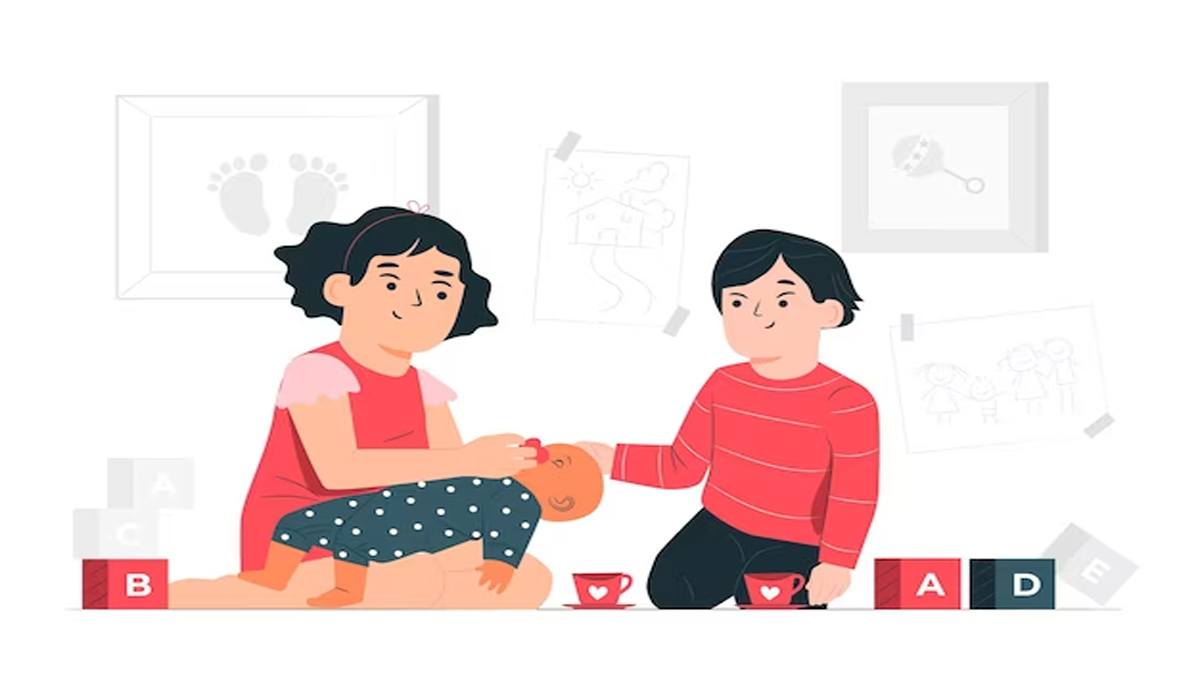The primary objective of the Act is to ensure the welfare and protection of children, whether they are offenders or in need of care, and to bring the Indian legal system in line with international standards.
Some of the highlights and key objectives of the Juvenile Justice Act, 2015 include:
- Age Determination: The Act defines a juvenile as a person who is below the age of 18 years, irrespective of the gender.
- Rehabilitation and Reintegration: The Act focuses on the rehabilitation and reintegration of juveniles in conflict with the law, emphasizing their reform and social reintegration rather than punishment.
- Juvenile Justice Boards: The Act mandates the establishment of Juvenile Justice Boards at the district level to handle cases involving juveniles in conflict with the law. These boards are responsible for determining the appropriate measures for rehabilitation and reintegration of the juvenile.
- Special Courts: The Act provides for the establishment of special courts to exclusively handle cases involving serious offenses committed by juveniles. This is to ensure that cases are disposed of more expeditiously.
- Non-Applicability of the Adult Criminal Justice System: The Act specifies that juveniles cannot be treated as adults in the criminal justice system, and they are to be tried under a separate set of procedures and penalties.
- Child Welfare Committees: The Act establishes Child Welfare Committees to handle cases involving children in need of care and protection. These committees are responsible for deciding the appropriate measures to protect and provide for the well-being of children in need.
- Alternative Sentences: The Act promotes the use of various alternative measures such as counseling, probation, and community service as a way to address the needs of juvenile offenders, rather than resorting to imprisonment.
- Prohibition of Child Labor: The Act prohibits the employment of children below a certain age and regulates the working conditions for older adolescents.
- Monitoring and Inspection: It empowers the government to designate authorities for the monitoring and inspection of facilities housing juveniles in need of care and protection.
- Child Adoption: The Act lays down provisions for the adoption of children, ensuring their best interests and protection.
- Prohibition of Corporal Punishment: It prohibits the use of corporal punishment and other forms of violence against children in institutions, whether educational or residential.
- Comprehensive Rehabilitation: The Act emphasizes the comprehensive rehabilitation of juveniles in conflict with the law, taking into account their educational, vocational, and skill development needs.
Overall, the Juvenile Justice Act, 2015 aims to provide a child-centric approach to juvenile justice, with a strong focus on rehabilitation, protection, and the overall well-being of children. It aligns with the United Nations Convention on the Rights of the Child and is intended to ensure that the rights and best interests of children are upheld in the Indian legal system.
